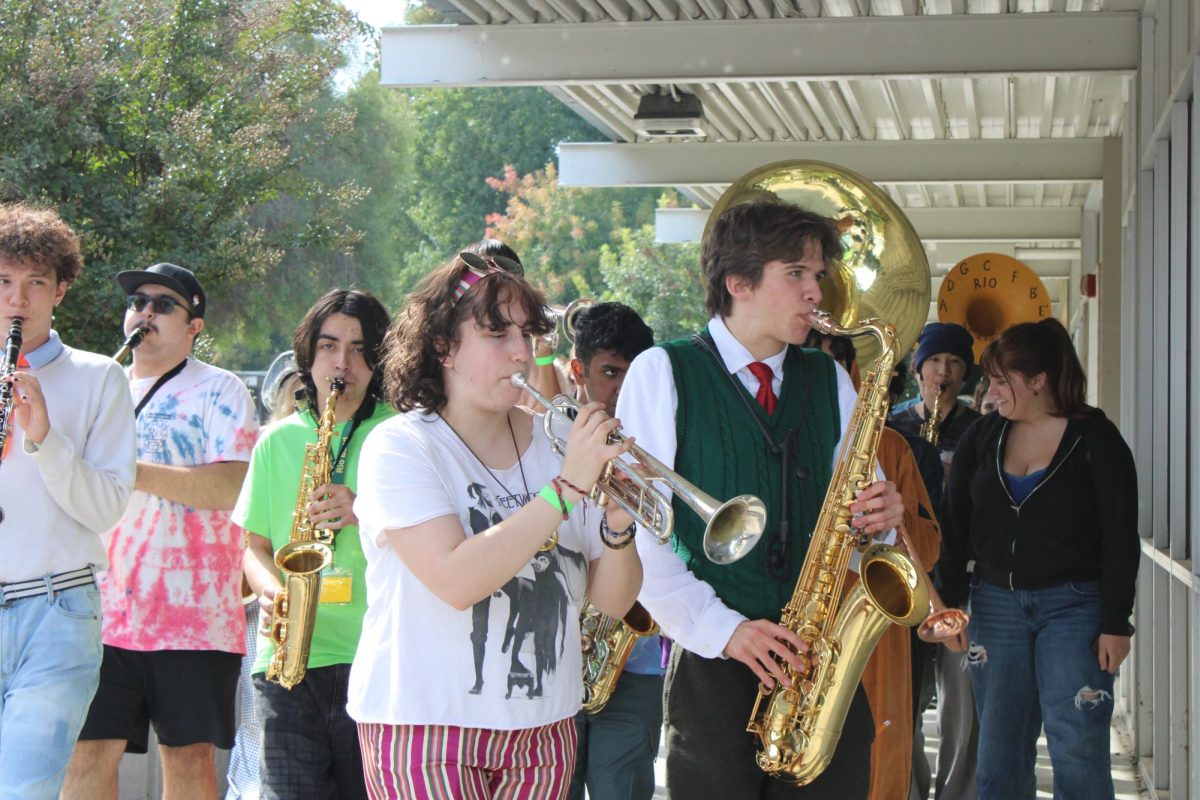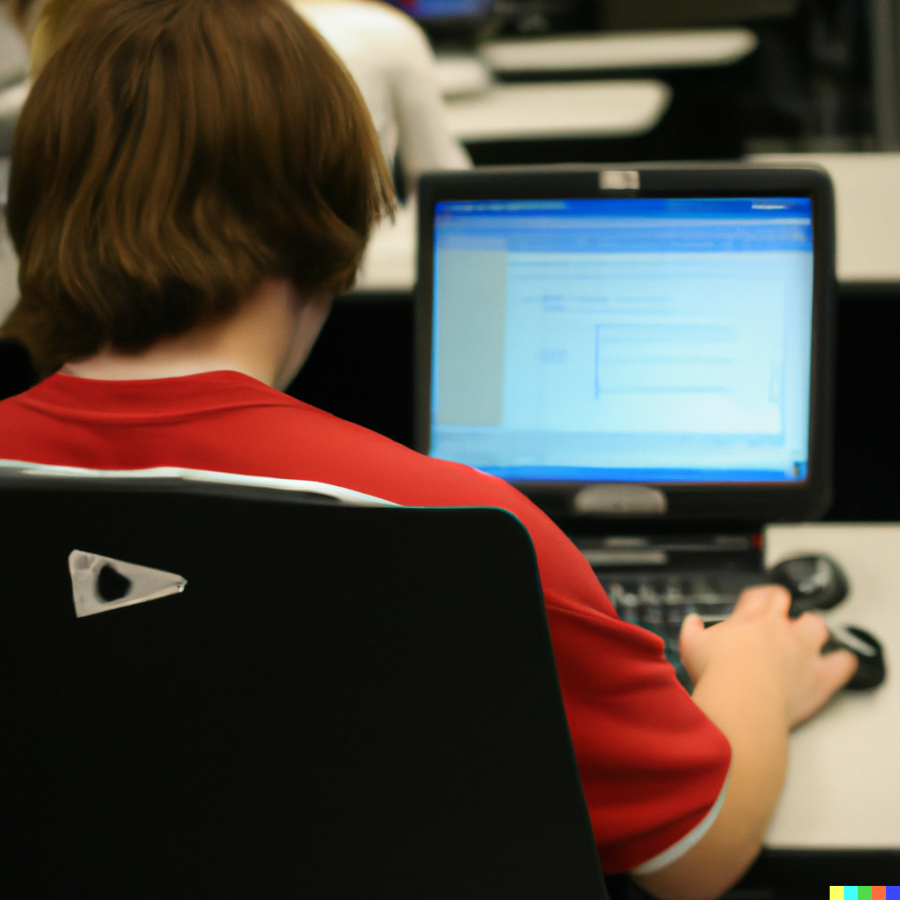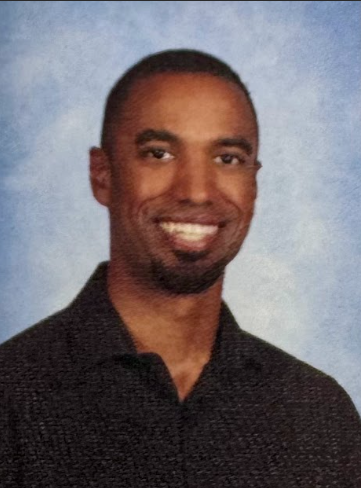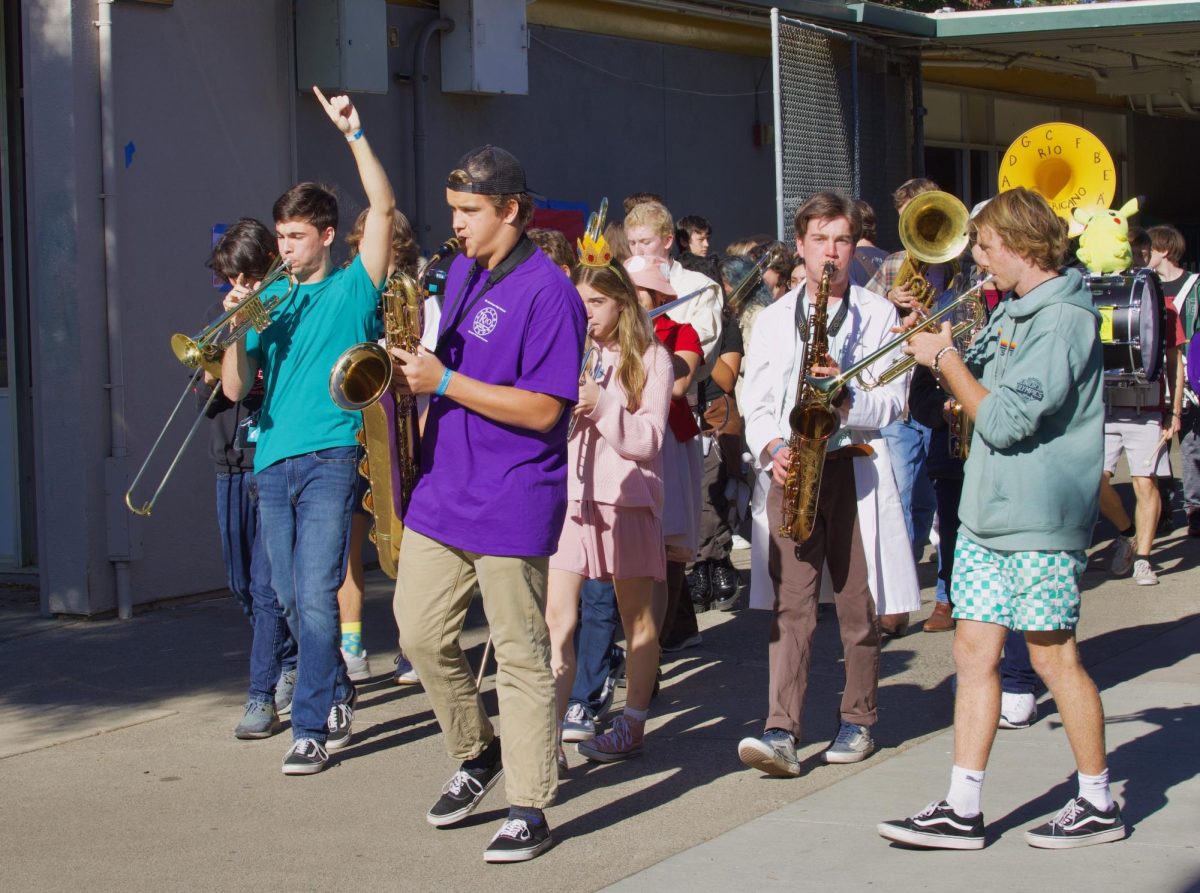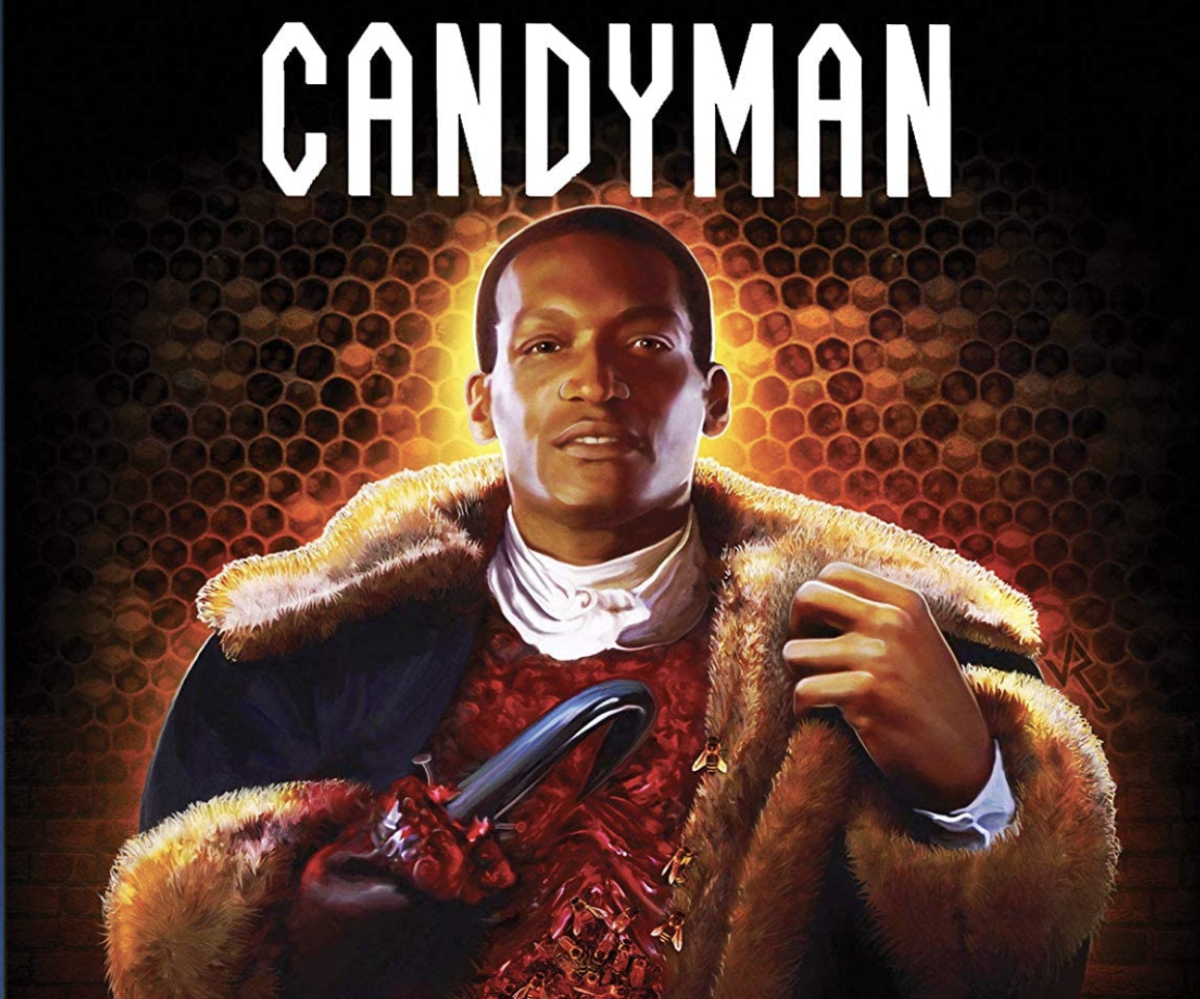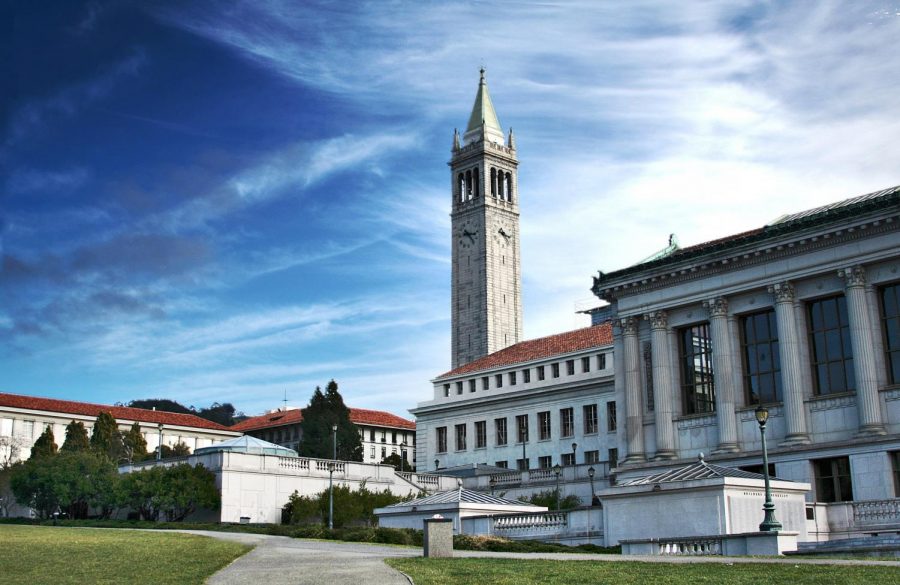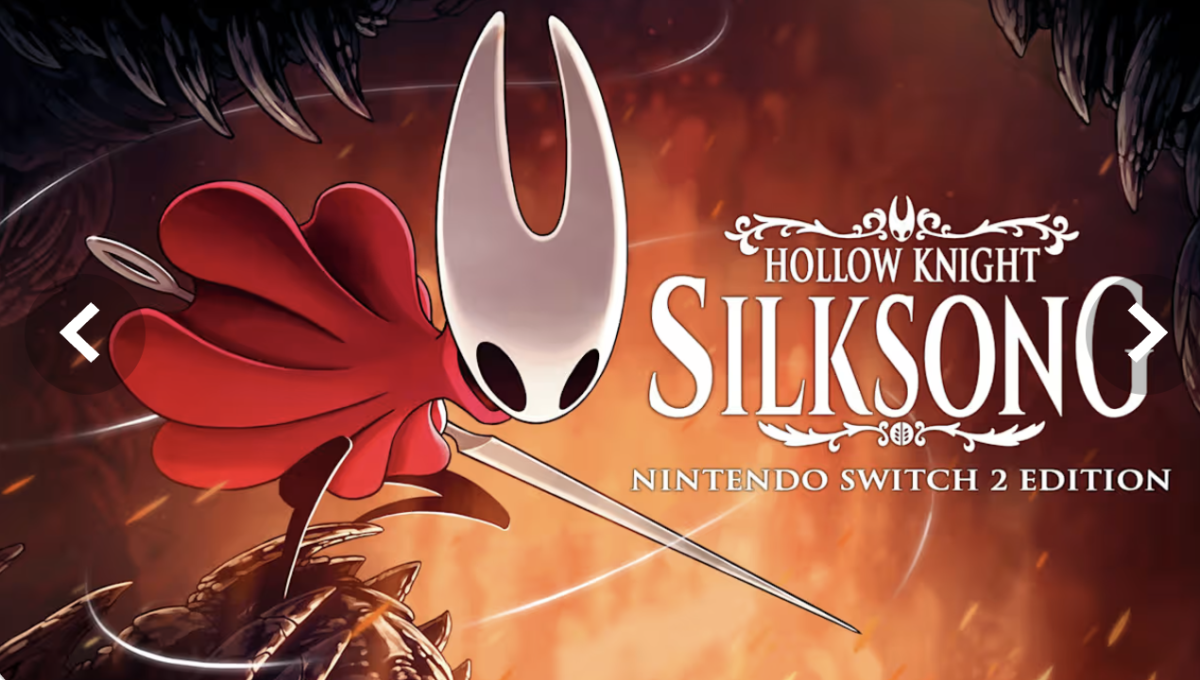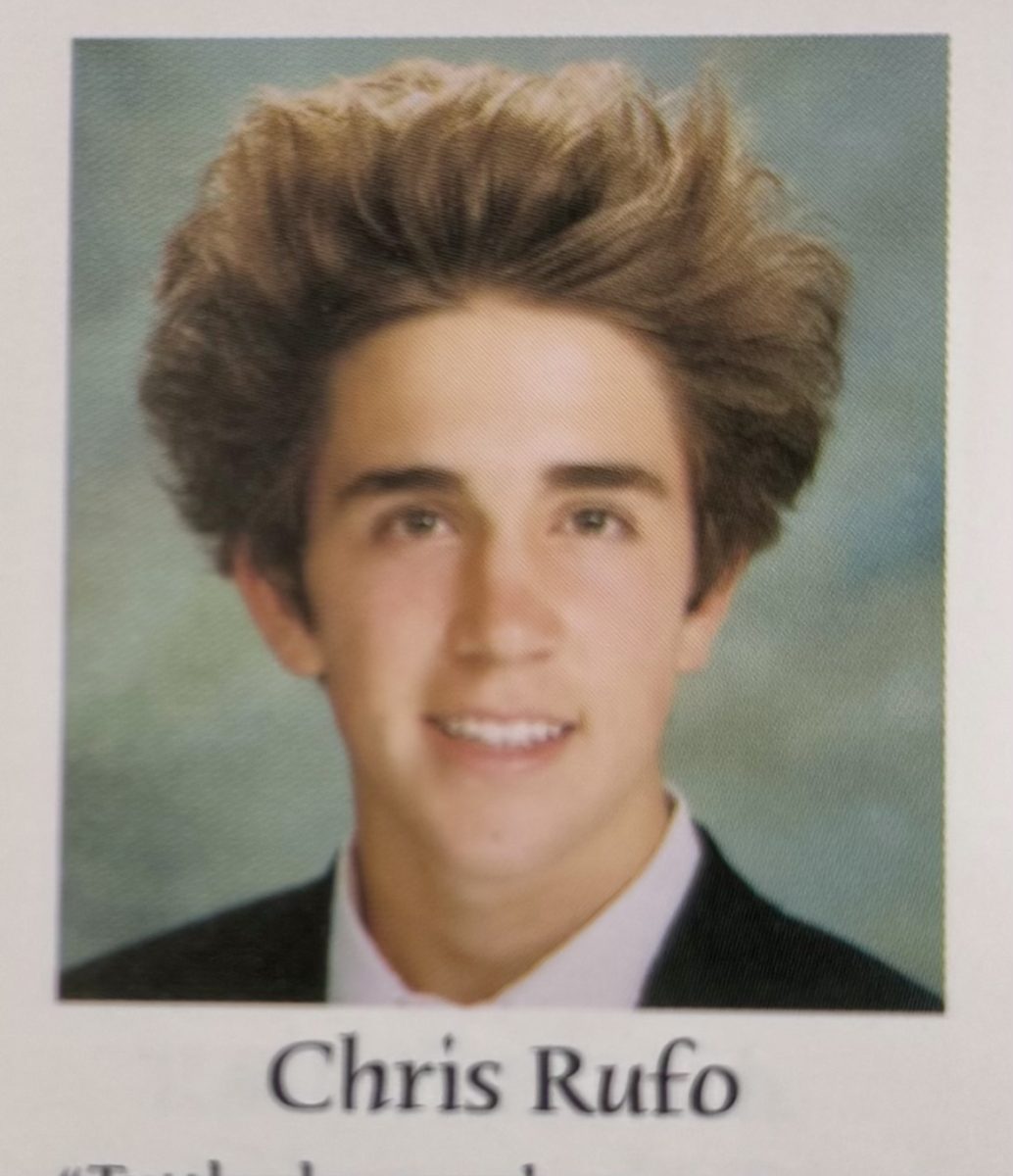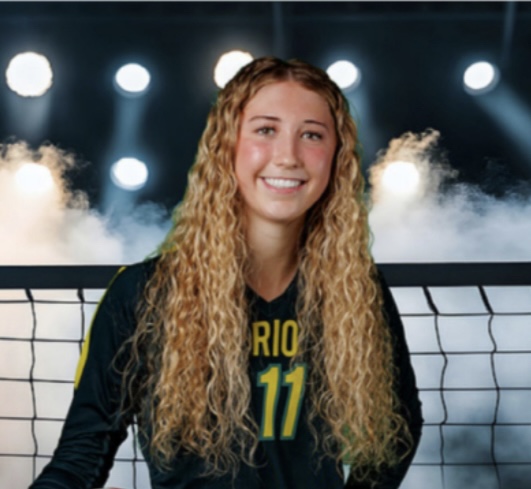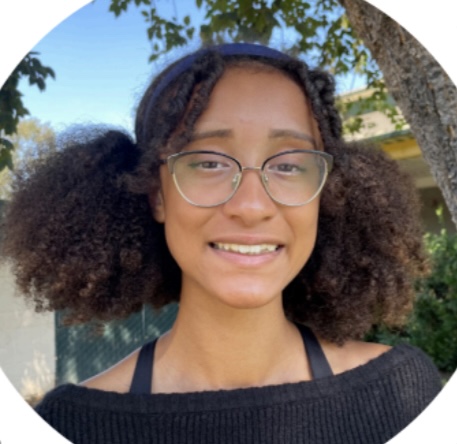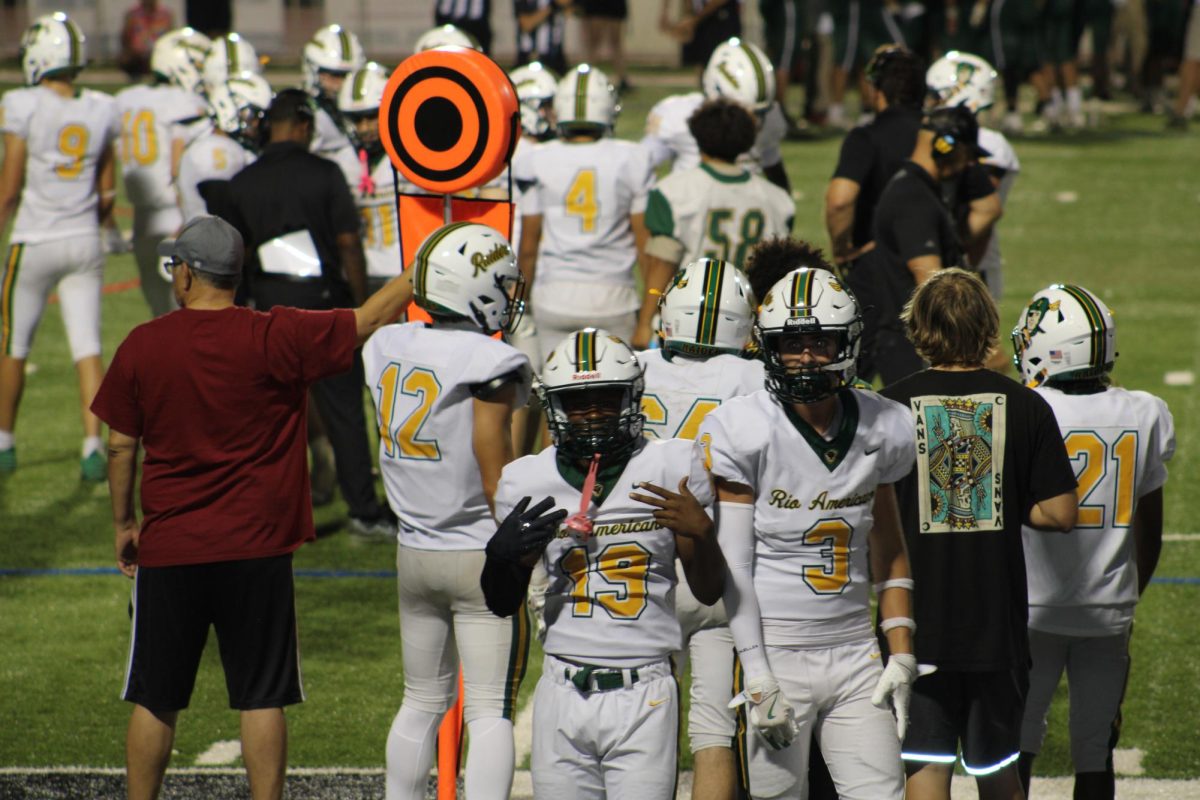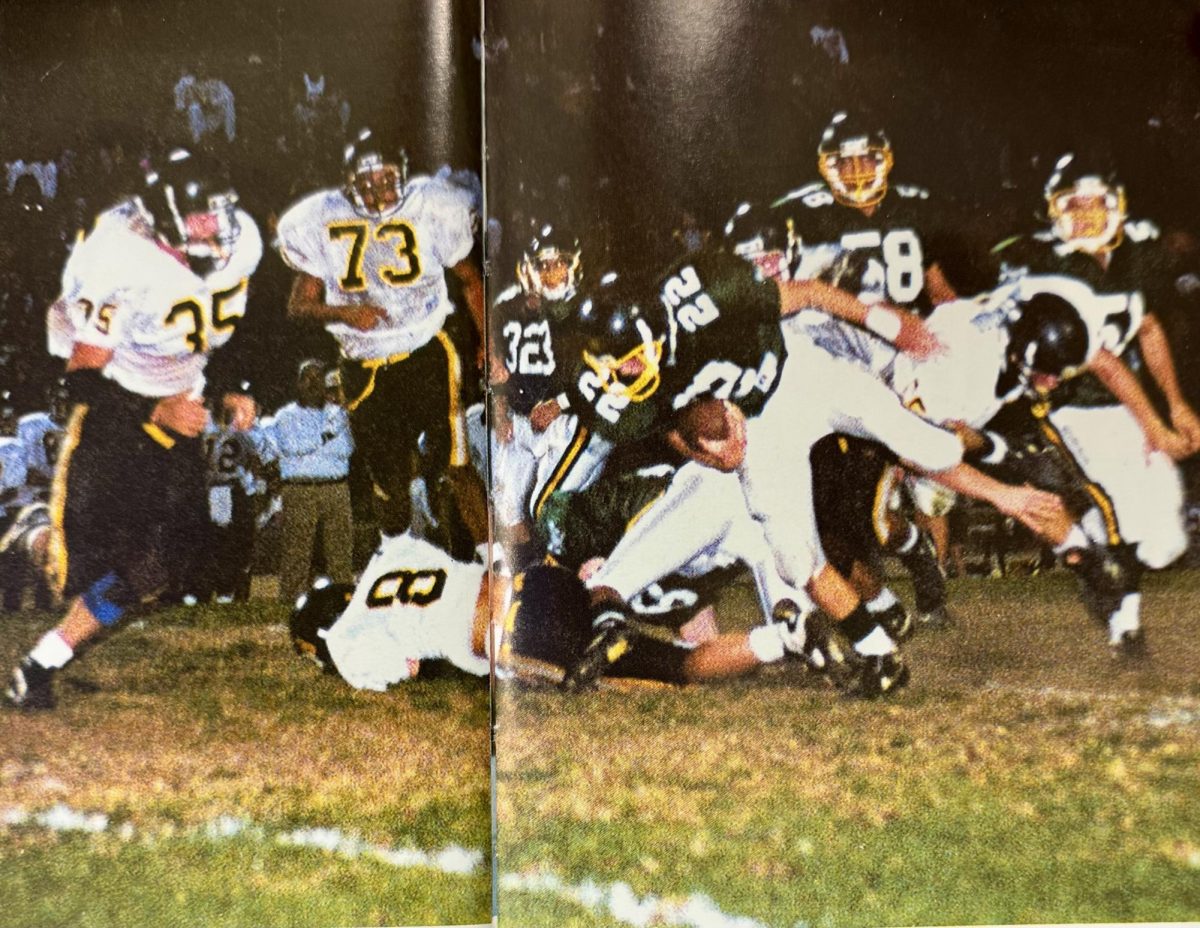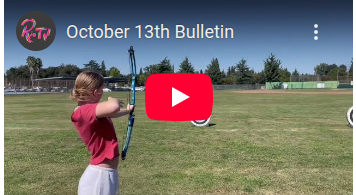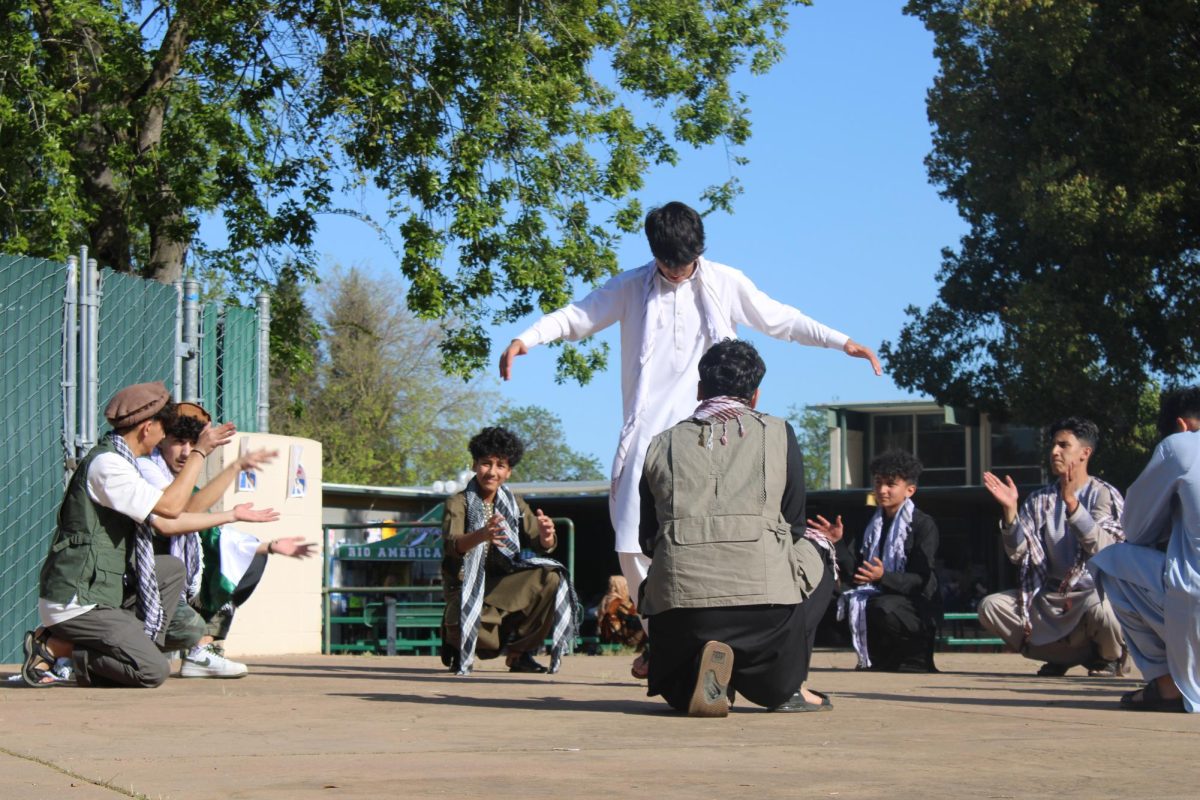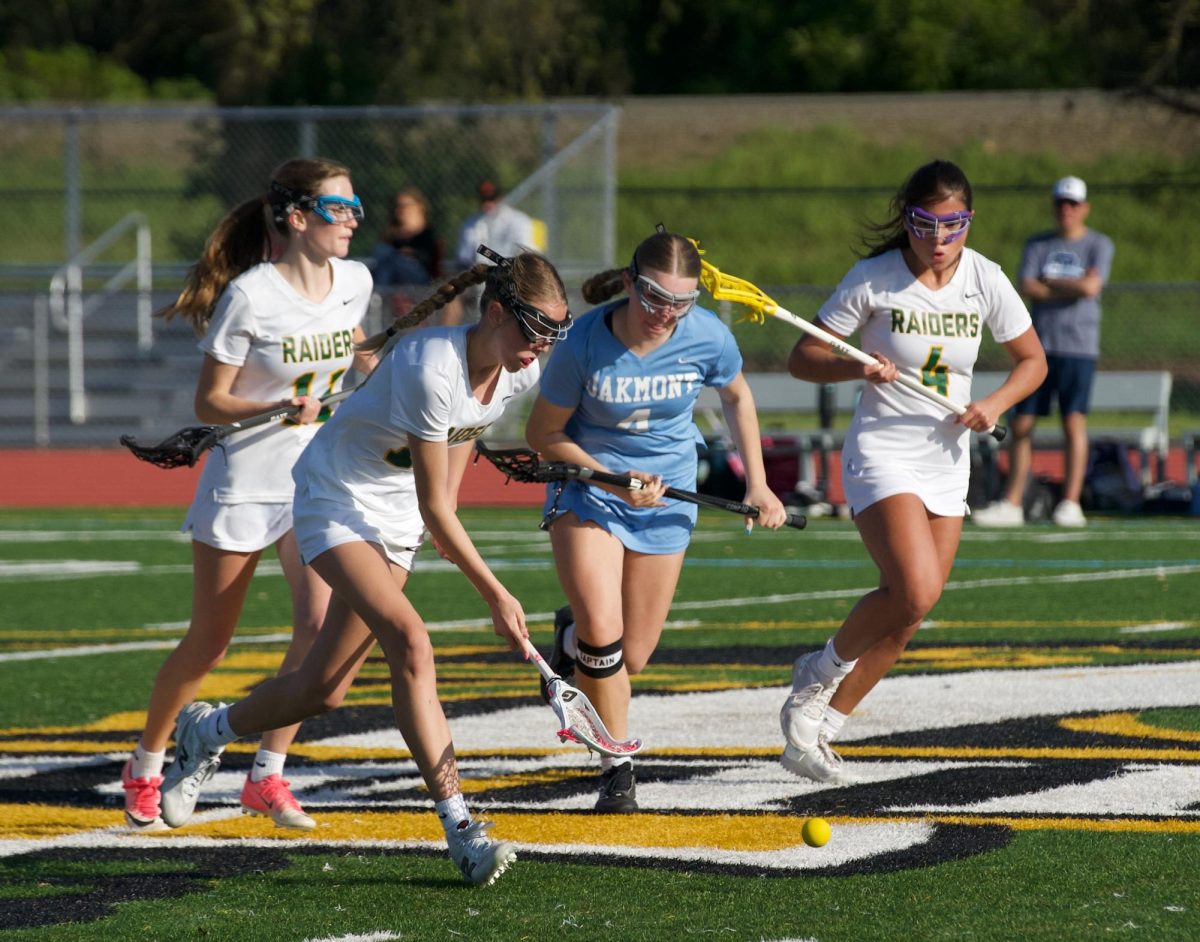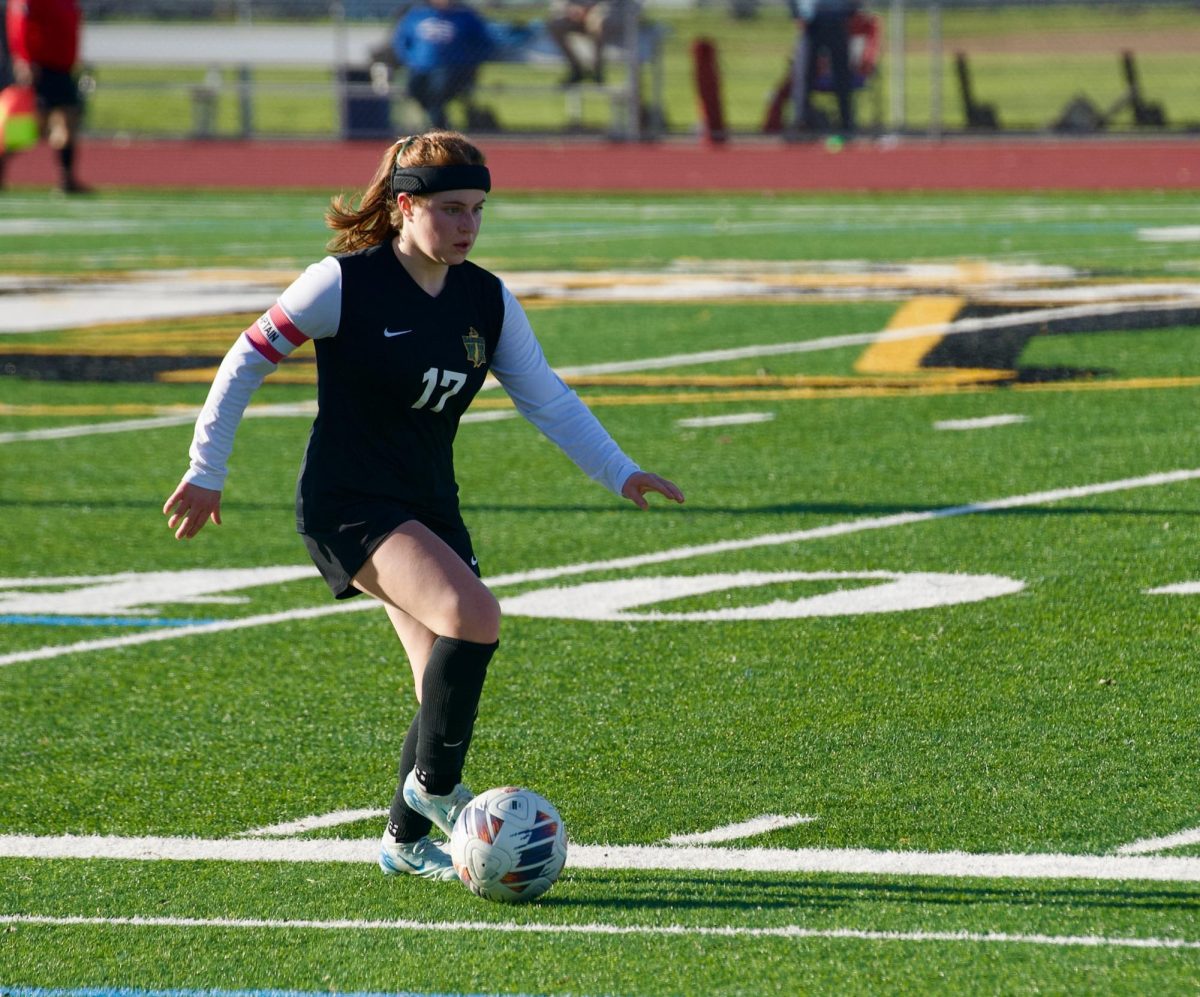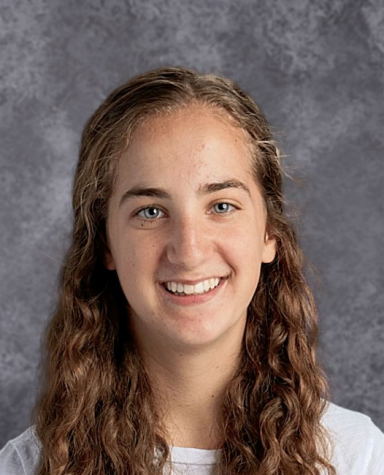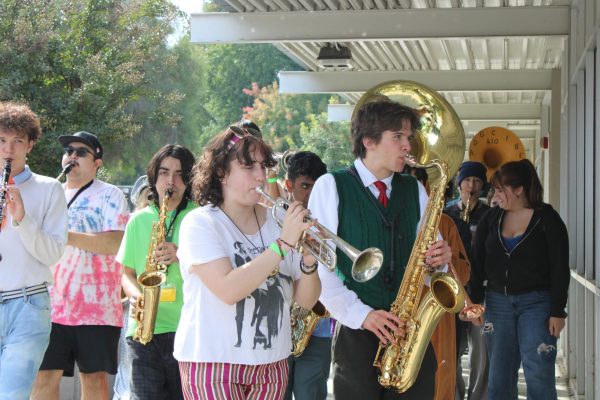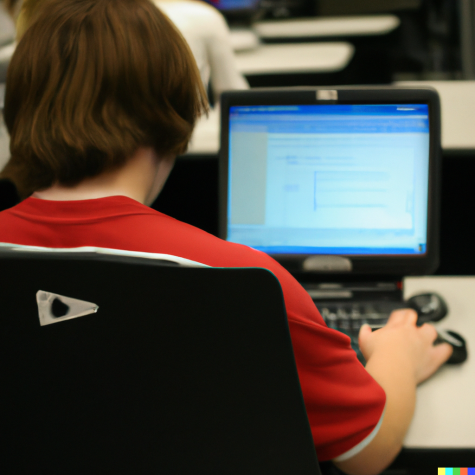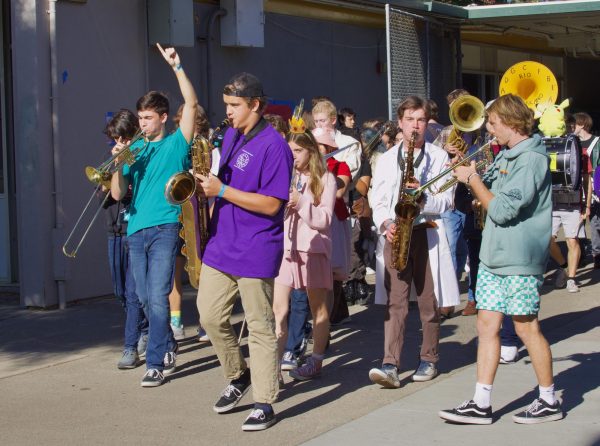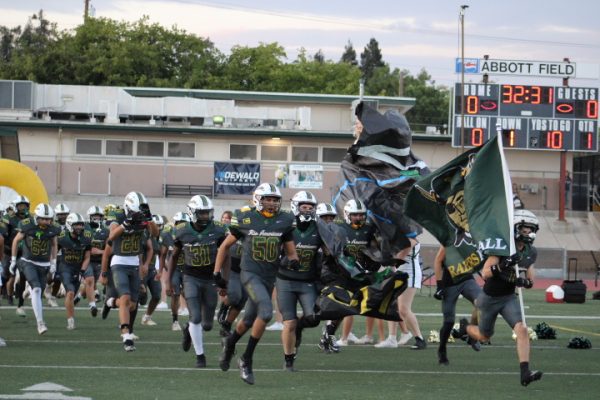Medical Marijuana and Schools
Governor Gavin Newsom signed a bill dubbed JoJo’s act to allow the use of medical marijuana on school campuses K-12 with a legitimate medical marijuana card.
The bill to take action on Jan. 1 2020 is aimed to help those in extreme cases where marijuana is the only course of treatment.
The cannabis can be administered (not in vape or smoke form) to students if their school board has approved a policy with access to the medication.
“I haven’t heard about this for our district if they’re going to approve it or not,” said Principal Brian Ginter. “I don’t know where our board stands.”
Students express misgivings that the bill would lead to unintended consequences.
“I feel like it could be beneficial to some people, but maybe [the users] would give it to other people,” said freshman Shannon Enos.
Last year, former Governor Jerry Brown vetoed a similar law worried about the predispositions it may imprint on the youth.
“I think if people are using marijuana for medical purposes, it could become a problem and they could abuse it,” said Enos.
The use of medical marijuana in schools would allow children with conditions such as epilepsy to be able to quietly take their medication. However, the bill has received backlash as critics note that alternative drugs for epilepsy can be taken in the morning and at night instead of requiring a medical cannabis card.
As an administrator, Ginter would be responsible for upholding the school board’s policy and enforce the rules. To him, it seems like a problematic bill.
“Personally, I don’t like [the bill],” said Ginter. “Professionally, if our school board said that we are going to do this, then we would treat it like any other situation where there’s medicine on campus.”
Some are worried that bringing marijuana on school campuses may send the wrong message.
“I think it’s a terrible idea,” said junior Aiden Mosley. “It ruins the school environment and makes people uncomfortable.”
Marijuana on campus can provide a distraction for those on campus.
“It shouldn’t be used in class because that’s not appropriate,” said Enos. “If they needed to, they should go directly to the nurse because it’s a medical reason.
Although the schools have the final say, kids would be allowed to take the marijuana from home and not store it at school.
“It is going to be abused greatley and if that’s the way it’s kept it will be a pretty great problem,” said Ginter. “There are going to be kids who try to sell it or use it when they’re not supposed to.”
THC, or the ingredient that causes a high in marijuana would not be present. Instead to treat the seizures, CBD (Cannabidiol) is used to help soothe the neurological effects a seizure causes and treats pain in cancer patients.
Newsom passed the bill in order to lift barriers for students with severe medical conditions and in doing so, has overruled law enforcement’s veto.
“I know it can help to treat illnesses, but I think if you’re allowing marijuana on a school campus, there are too many things that will go wrong,” said Ginter.
Students have a different idea of why the bill was passed.
“I think it passed because school can stress you out and some people need something to help that,” said junior Max Kitay.
However, some believe that this is a necessary step in protecting the health of children.
“I think it’s a good idea because some people are really sick, and if you can’t use your medication, I believe that’s wrong,” said senior Ezra Silverburg. “If [the kids] are going to have a seizure if they don’t take it, it’s better they do.”
More arguments surround the bill such as the worry to tolerance of the medication overtime. Because this law can be used in schools starting from kindergarten, experts worry about the gradual buildup of tolerance of the CBD overtime.
According to the American Epilepsy Society, 33 percent of children and young adults who used CBD oil for 18 months developed a tolerance to the oil and required a higher dosage of it to relieve their symptoms.
The researchers determined that requiring a higher dosage meant increasing the dose by 30 percent or greater.
With some, the conflict seems difficult to pass judgment on.
“I think that if it’s a necessary thing for some people that it might be a good idea,” said Kitay. “But, I don’t know many people my age who use it for medical purposes.”

